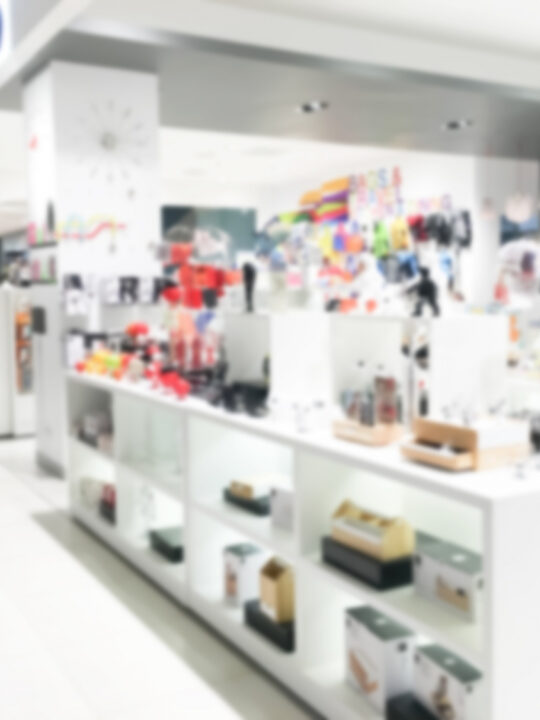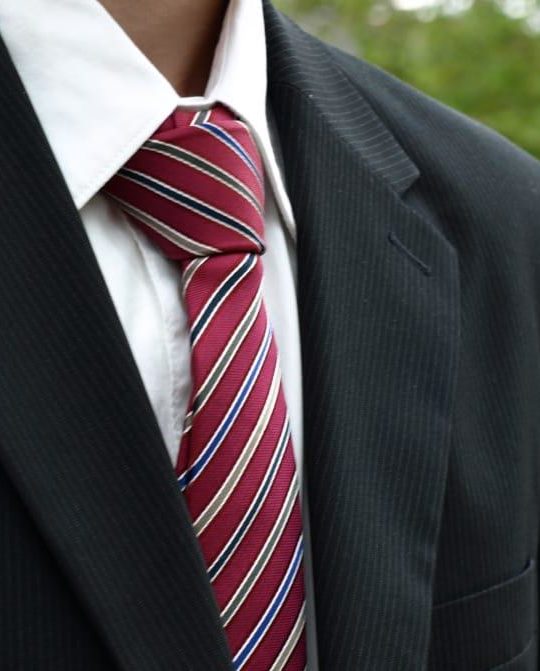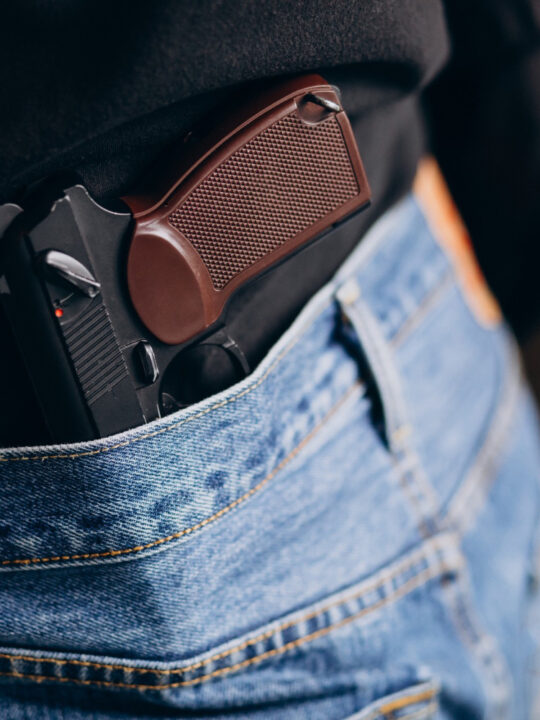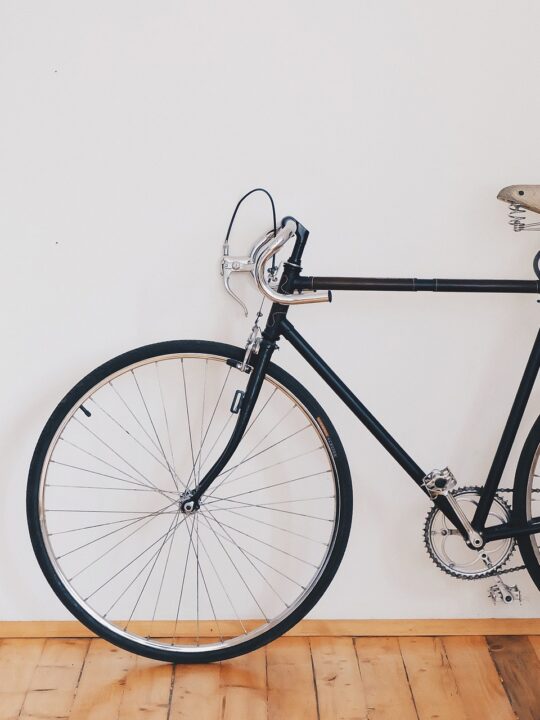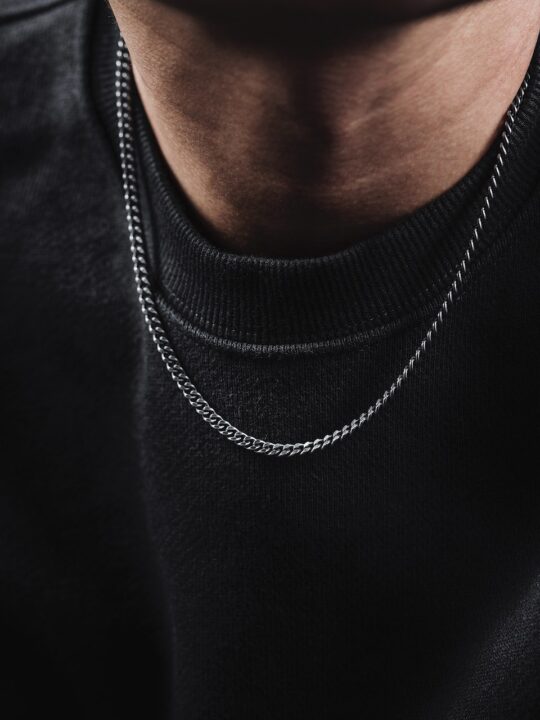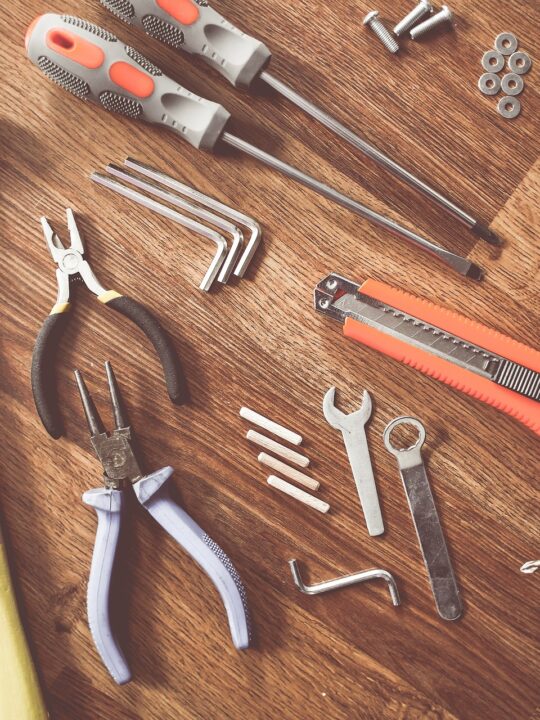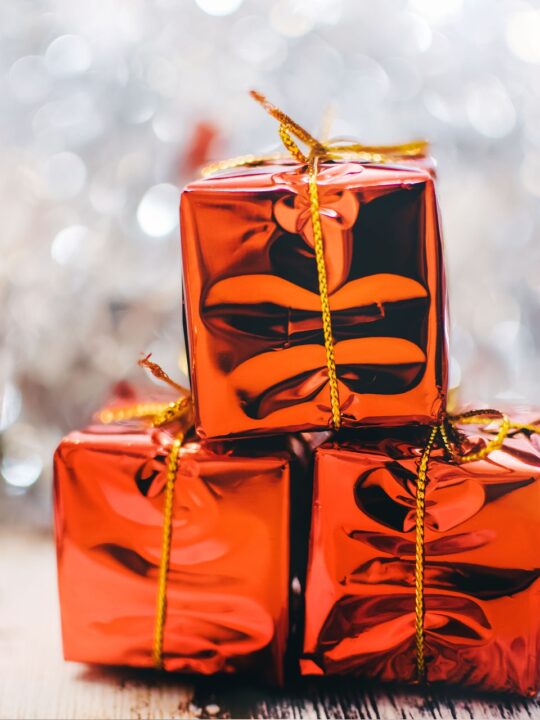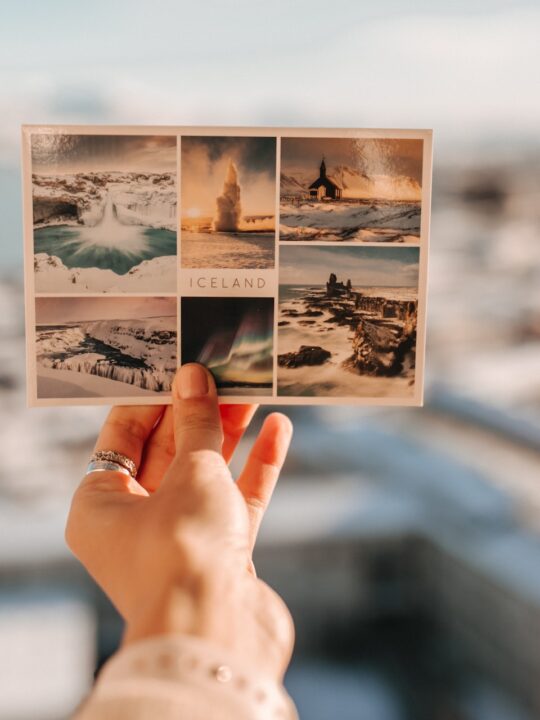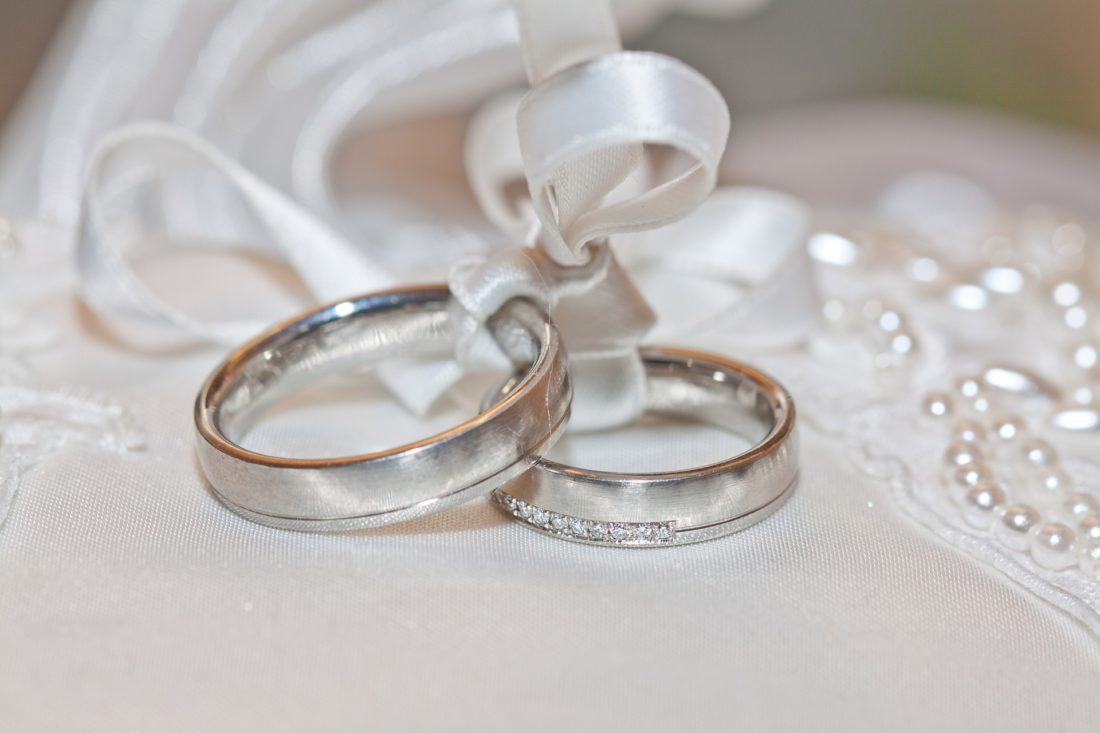 How a ring finds its way from a plans and raw materials to the beautiful piece of jewellery on a lucky person’s finger is actually a more involved process than you might think. There are quite a few steps involved, particularly if you’re having a custom ring made. In this article, we take a look at the ring design process, all the way from the conception stage to the creation of the final product. This way you’ll be able to have a much better understanding of what’s going on after you’ve requested a ring for a very special occasion!
How a ring finds its way from a plans and raw materials to the beautiful piece of jewellery on a lucky person’s finger is actually a more involved process than you might think. There are quite a few steps involved, particularly if you’re having a custom ring made. In this article, we take a look at the ring design process, all the way from the conception stage to the creation of the final product. This way you’ll be able to have a much better understanding of what’s going on after you’ve requested a ring for a very special occasion!
Table of Contents [Hide]
The first steps in ring design
Whether you’re looking into simple platinum wedding rings or ornate gold engagement rings, the processes involved in making a ring follow much the same process. The creation of a ring begins with a model of the piece of jewellery. Model designs were traditionally either carved out of wax by skilled craftsmen or created from combining several elements of metal to create a master model. In this age of technology, this has changed somewhat – designers are now able to computer programs such as CAD to build their models digitally, a process that allows for the creation of even the most minute details. After this model is finished a mould is created which allows for the physical recreation of the design as many times as the jeweller requires. When this mould is created, pressurised hot wax is injected into the mould and, when cooled, removed to act as the casting model. These waxes are typically grouped together on a wax tree – a straight, branched cylinder wax rod – alongside a variety of other styles set to be casted in the same metal and colour.
The final steps in ring creation
The wax tree is then placed into a form, where plaster is poured into it. After being baked overnight, the wax is melted away and only the empty cavity of the rings remains. This is when metal is finally introduced! The metal – whether it be gold, platinum, silver or anything else – is heated to the extreme temperatures required to melt it and is then vacuumed into the plaster form, settling into empty rings cavities. When a customer orders a ring, metal components are ordered to the specifications of the customer’s specifications. The components are then pieced together. cut to relevant size and welded by either soldering or lasering to allow stones to be set and the finger size of the customer to be created. The ring must then be polished before stones can be set, after which special drill heads are used to cut bearings into the ring. Stones are the set into these bearings according to the wishes of the customer. With one final, detailed polishing, the ring is complete!
Ordering your custom ring
How your ring is created will depend entirely on what you want for it, as a custom ring will require jewellers to approach a new piece of jewellery in a very specific way. Being involved in the process can be a lot of fun, so make sure to ask for updates on the creation of your piece – you never know, if you have an accommodating jeweller, they might be more than happy to take you along on the journey with them!
